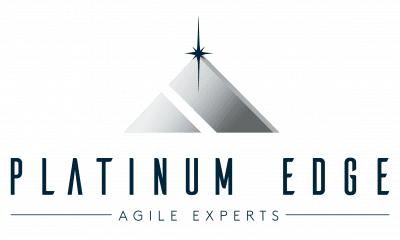As a leader in your organization, do any of the following statements resonate?
“We really need to become more responsive to the market.”
“Most of our projects are over budget and late.”
We have so much going on, it’s hard to get anything done.”
“We have a vendor partner helping us, but I’m not sure it’s working.”
“Everyone says we’re doing scrum, but are we really getting the benefits of it? It certainly doesn’t feel agile especially with all the silos and handoffs between teams, not to mention how we interact with our offshore people.”
Where do I start?
When you think of the heavily used term “agile,” try thinking in terms of “healthy.” Healthy organizations are laser focused on their customers and shareholders. Healthy organizations work well with each other and empower their people to self-organize enjoying a balance between work and life. They attack value and risk early in order to learn from their failures. They release frequently, understanding shorter feedback cycles better align products to customers’ needs. Healthy organizations demonstrate courage, openness, focus, commitment and respect (the five scrum values). Healthy organizations do one thing to completion before moving to the next rather than managing wasteful amounts of work in process. Healthy organizations adapt and change based on reality all while paying attention to technical excellence and good design. Healthy environments are enjoyable and talented people thrive on autonomy, purpose and mastery.
The agile manifesto values and principles were written specifically for this purpose, to help improve the health of organizations as they meet customer needs. Much like a physical examination performed by a physician, an agile assessment (aka audit) is a great way to evaluate your organization’s health.
What is an Agile Assessment?
Assessments can be used at both the project and organizational level. But, it’s often hard to differentiate between the two. Assessments inspect levels of technical debt, automation practices (or lack thereof), levels of work in process, degrees of customer interaction, handoffs, and roles and responsibilities. They evaluate change management practices, development environment strategies, barriers to releasing to production, software development lifecycles (SDLC’s), agile training gaps, support models, development and testing practices. They also appraise fitness-for-purpose of existing organizational structures and hierarchies, tools, portfolio management, project funding & budgeting practices, people development practices, physical facility environments, standards, architectural engagement models and release practices. An agile assessment will also look at missed opportunities as well as how well the organization deals with failure and learning from reality, especially when the news is not so good.
Through an agile assessment, experts in agile principles and techniques (also read lightweight, nimble, adaptive, responsive, flexible) observe the organization “in action,” through observing existing interactions, meetings, ceremonies, collaboration, reporting, artifact management, systems integration and conducting interviews with key team members at all levels and across as many domains as possible.
Often assessments include workshops to better understand strengths, weaknesses, opportunities and threats (SWOT) as well as root causes and validation of top challenges. Workshops can also be held with executives to answer the question, “Why is an agile approach important or even necessary for our organization, and why now?” engendering early executive sponsorship.
Having the future champions of the transition aligned through the assessment workshops creates powerful, aligned, internal change agents. Having the assessment prepared by an independent, unbiased third party, the assessment results can be shared without recourse. Crucial conversations are then enabled because the organization is positioned to openly discuss the exposed challenges and opportunities.
Assessment Outcomes
The benefits and desired outcomes of an agile assessment are threefold:
- Identification of current organizational state and strengths, desired state as an agile organization, and the gaps between the two states
- Clarifications on the challenges associated with closing the gaps and recommendations for addressing the challenges
- Collaborative creation and delivery of a comprehensive implementation strategy and maturity roadmap for tactically implementing the recommendations
When are the best times to perform an agile assessment?
Continuous transparency, inspection and adaptation are the pillars of empirically improving your organization. There is no better time than the present to take a step back and assess what you’re doing. However, we’ve observed prime opportunities such as:
- When you decide it’s time to adopt a more agile way of working
- After you have invested in agile transition support and want to know if you’re getting the results you were promised
- When you recognize your portfolio and project management (including project funding) isn’t working
- When you’re starting a new project
- When you’re trying to reach a new market or industry
- When you have new leadership
In other words, the best time to perform an assessment is when you recognize a need for change.
Examples of Assessment Impact
An assessment sounds interesting in theory, perhaps, but how about some real-world examples of assessments we’ve performed?
Huge vendor-driven system replacement project
After 18 months on a colossal $160 million, 20 team healthcare system replacement project, our client’s software development vendor was reporting the project as “agile” and 40% complete. However, the client hadn’t seen any working functionality they could ship to the customer. So, they asked us to take a look.
In five weeks of observations, research, interviews and root cause analysis, we found a needlessly customized agile framework (i.e. waterfall relabeled with commonly used agile terms) and a growing collection of excessive documentation rather than working, shippable software. Multiple release cycles were in flight all at once, with nothing getting to done. Testing was not happening during their sprints resulting in defects and extensive rework. The project was actually less than 10% done and almost 100% work in progress.
Our findings and recommendations helped the client make wiser vendor investment decisions, reestablish transparency, and visualize their path forward to deliver shippable functionality every sprint.
Flagship product development stuck for years in development
Having invested nearly $20M over 3 years on a flagship product that was still unuseable, another healthcare client asked us to assess what was going on, and we found three root causes: 1) lack of business engagement, 2) people moved around between projects rather than projects feeding in to stable teams, and 3) mismanaged expectations across the organization.
The insight from the recommendations in the implementation strategy and maturity roadmap we gave them outlined how to build stable, cross-functional teams with empowered product owners, who worked diligently to iteratively stabilize their environments. Their leaders also shifted to servant leadership, setting the example of how to become more agile. Within a year of the assessment, their product was actively used by their customers and they released changes daily. Health has returned and their foundation for growth is much stronger.
An ancient Chinese proverb says – “When the wind of change blows, some people build walls, others build windmills.”
If your organization is interested in becoming more agile, an assessment of your current state is a great place to start. Let the assessment align your organization as well as create the rallying cry to become part of the solution. Agile is not a methodology, process or tool, it’s a descriptor of a set of values and principles. The values and principles enable a different mindset. It’s a behavioral, cultural shift injected at the DNA of the organization. Being agile is an empirical approach to solving difficult problems for customers. Let an agile assessment be the foundation of building a windmill for your transformation.
We Can Help!
Based on our unique and successful interaction with hundreds of companies over nearly 20 years, we can help you build an implementation strategy and maturity roadmap to fit your needs. Our agile coaches and experts include highly experienced MBAs and Certified Scrum Professionals (CSP) who have demonstrated experience building, teaching and consulting. They are established thought-leaders with extensive real-world experience in business agility, behavioral science and in-the-trenches project success.


